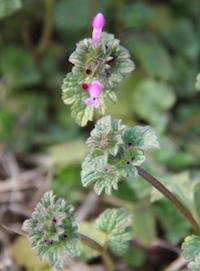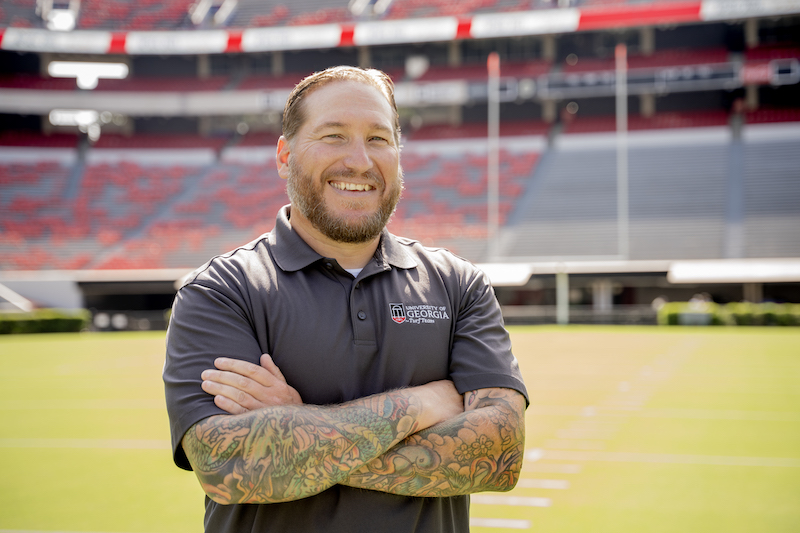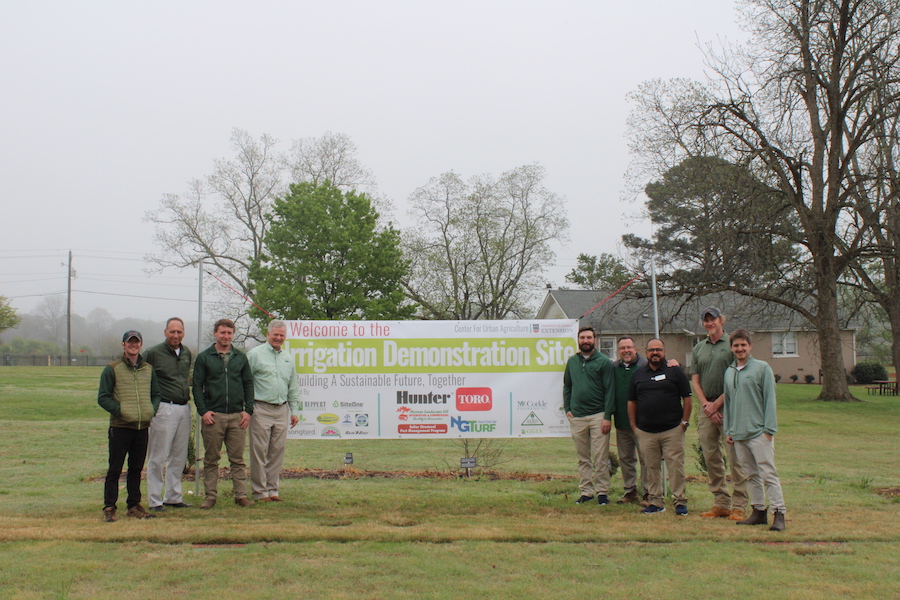The majority of weeds that are growing this time of year are called winter annual weeds. Weeds that are actively growing in lawns and pastures include henbit, chickweed, wild radish, buttercup, hop clover and catchweed bedstraw.
These are annual weeds, which only live for one season and then die out. However, they will produce many seeds that can survive in the soil and return next winter with a vengeance.
Pull or hoe
If you only have a few weeds in a small area, hand pulling or hoeing can be very effective methods for removal. These weeds do not have deep taproots like dandelions and other perennial weeds.
Understanding the lifecycle of a weed can help you determine the best control option. Winter annual weeds germinate in the fall, grow all winter, flower and then die when it begins to warm up in the spring or early summer. In the case of winter annual weeds, pre-emergent herbicides should be applied in early September. Make a note on your calendar to apply a pre-emergent next fall between Sept. 1 and 15. For now, a selective herbicide application labeled for your lawn type can be used to spot-spray weeds as needed.
Identify your lawn grass before selecting an herbicide. Knowing the name of the weed you are tackling can also help with selecting the best herbicide for control. If you are controlling weeds in a pasture that is intended for grazing animals, use herbicides labeled specifically for pastures.
Carefully read the herbicide label to make sure it is safe for your grass. Never assume that because a product is labeled for one lawn type that it can be used on all grasses. Your turfgrass type must be listed on the label to avoid damage to the grass.
Timing is essential
The timing of herbicide application is critical for effective weed control. Research has shown that greater than 90 percent of wild radish control can be consistently achieved when 2,4-D is applied to plants less than 6 inches high. Delaying the application until the wild radish is 12 inches high drops the control’s success level to about 70 percent. Waiting until the plant begins to flower reduces the success rate to less than 50 percent.
Never spray herbicides on a windy day. Spray drift from many broadleaf herbicides, although safe for lawns, can cause significant damage to nearby trees, shrubs, and flowers. Use the lowest labeled rate that will control your weeds. Using a higher rate will not kill weeds faster and can potentially increase damage to nearby plants.
Read the product label to determine how long it needs to make contact with the plant before rain or irrigation. Many products need at least 6 to 8 hours to dry in order to be most effective.
Temperature matters, too
Temperature is another factor to consider when applying herbicides. Most products work best between 60 and 80 degrees Fahrenheit. If temperatures are too high or too low, weeds will not absorb as much of the herbicide. When spraying in the fall or winter, do so on a warm, sunny day.
The best weed control is a thick, healthy lawn that can out-compete potential weed problems. Many annual weeds will not germinate or grow if they are shaded out by dense, actively-growing turfgrass mowed at the proper height.







